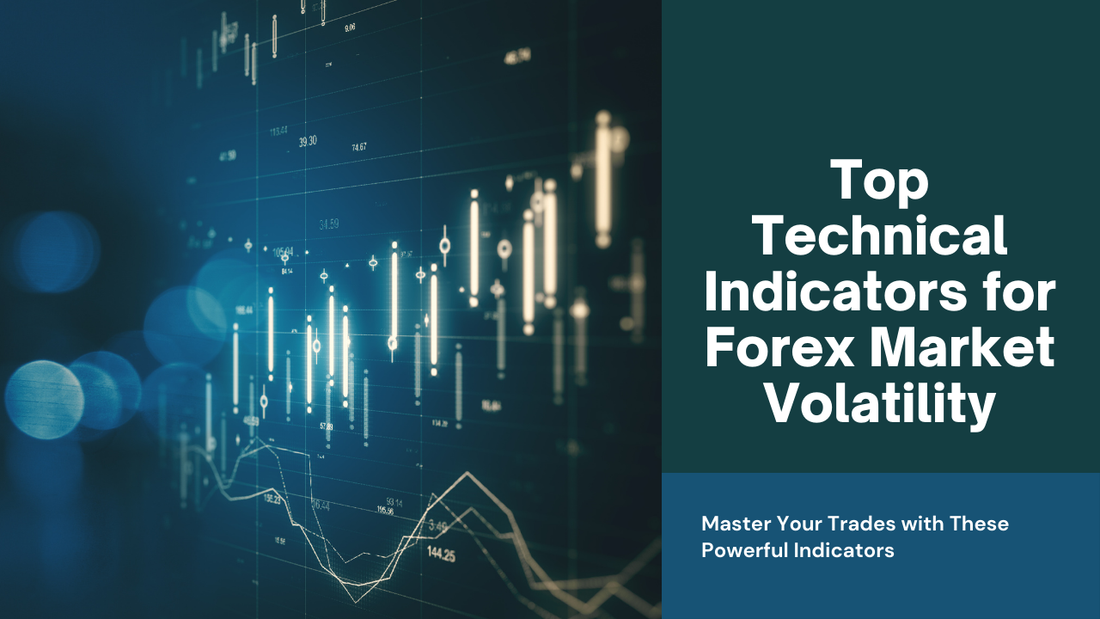
Best Technical Indicators for Monitoring Forex Market Volatility
Share
When it comes to trading in the forex market, understanding and monitoring volatility is crucial for making informed decisions. Volatility refers to the degree of variation in trading prices over a specific period. Traders often use technical indicators to analyze and measure market volatility. But which indicators are the best for monitoring forex market volatility effectively?
What is Market Volatility and Why is it Important?
Market volatility is a key factor in determining the potential risks and rewards of a trade. High volatility can lead to significant price swings, presenting both opportunities and risks for traders. Understanding market volatility can help traders adjust their strategies, set appropriate stop-loss levels, and identify potential entry and exit points.
Which Technical Indicators are Best for Monitoring Forex Market Volatility?
1. Bollinger Bands: Bollinger Bands are a popular technical indicator that consists of a simple moving average and two standard deviations plotted above and below the moving average. The width of the bands expands and contracts based on market volatility, making them a useful tool for identifying periods of high and low volatility.
2. Average True Range (ATR): ATR is a volatility indicator that measures the average range between the high and low prices over a specific period. Traders use ATR to gauge the level of market volatility, with higher ATR values indicating greater volatility.
3. Relative Strength Index (RSI): While RSI is primarily used to identify overbought or oversold conditions, it can also be a valuable tool for measuring market volatility. Extreme RSI readings during volatile market conditions can signal potential trend reversals.
How to Use Technical Indicators for Monitoring Forex Market Volatility
Traders can combine multiple technical indicators to gain a comprehensive view of market volatility. For example, using Bollinger Bands to identify periods of high volatility and ATR to confirm the strength of the trend can help traders make more informed decisions.
It's important to remember that no single technical indicator can provide all the answers. Traders should use a combination of indicators, along with other forms of analysis, to develop a well-rounded trading strategy.
By incorporating these top technical indicators into their analysis, traders can better understand and monitor forex market volatility, ultimately improving their trading decisions and risk management strategies.



